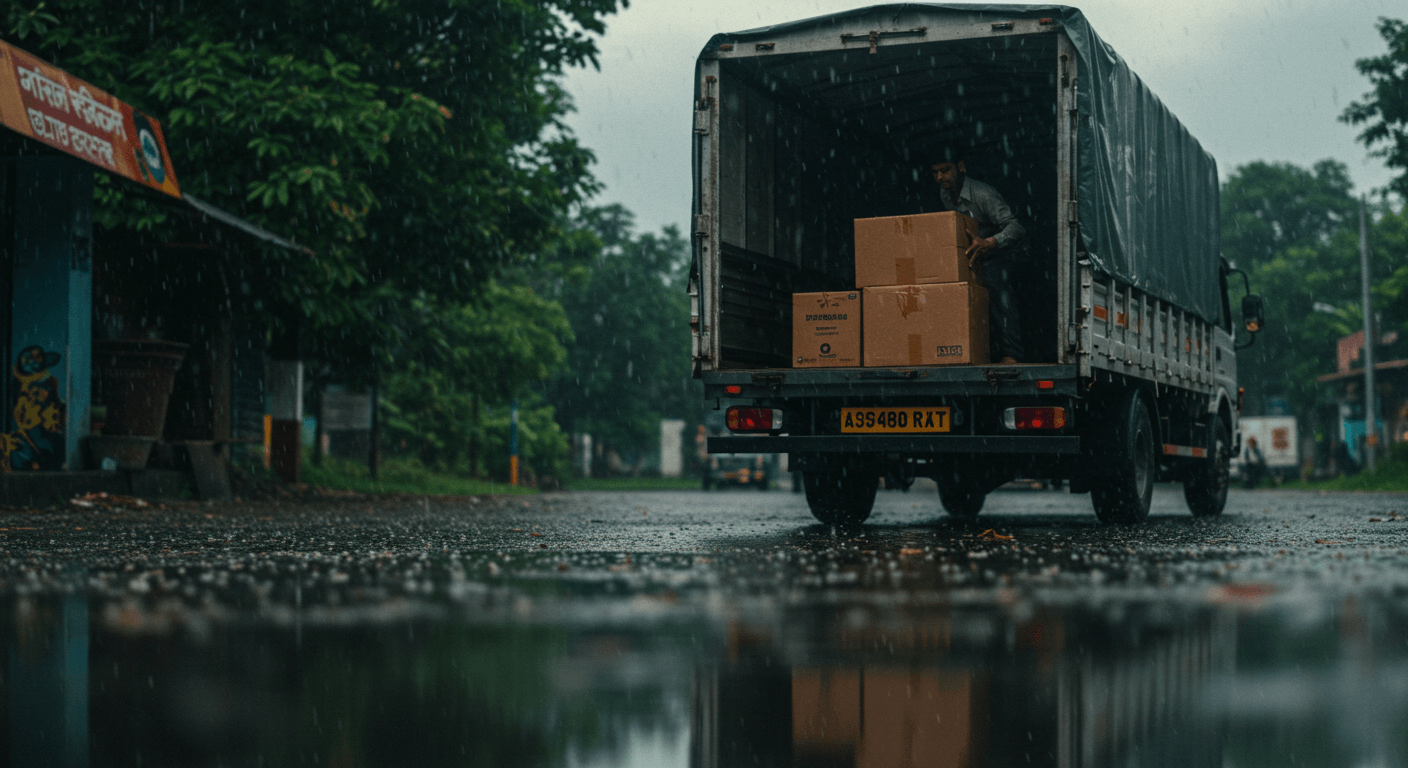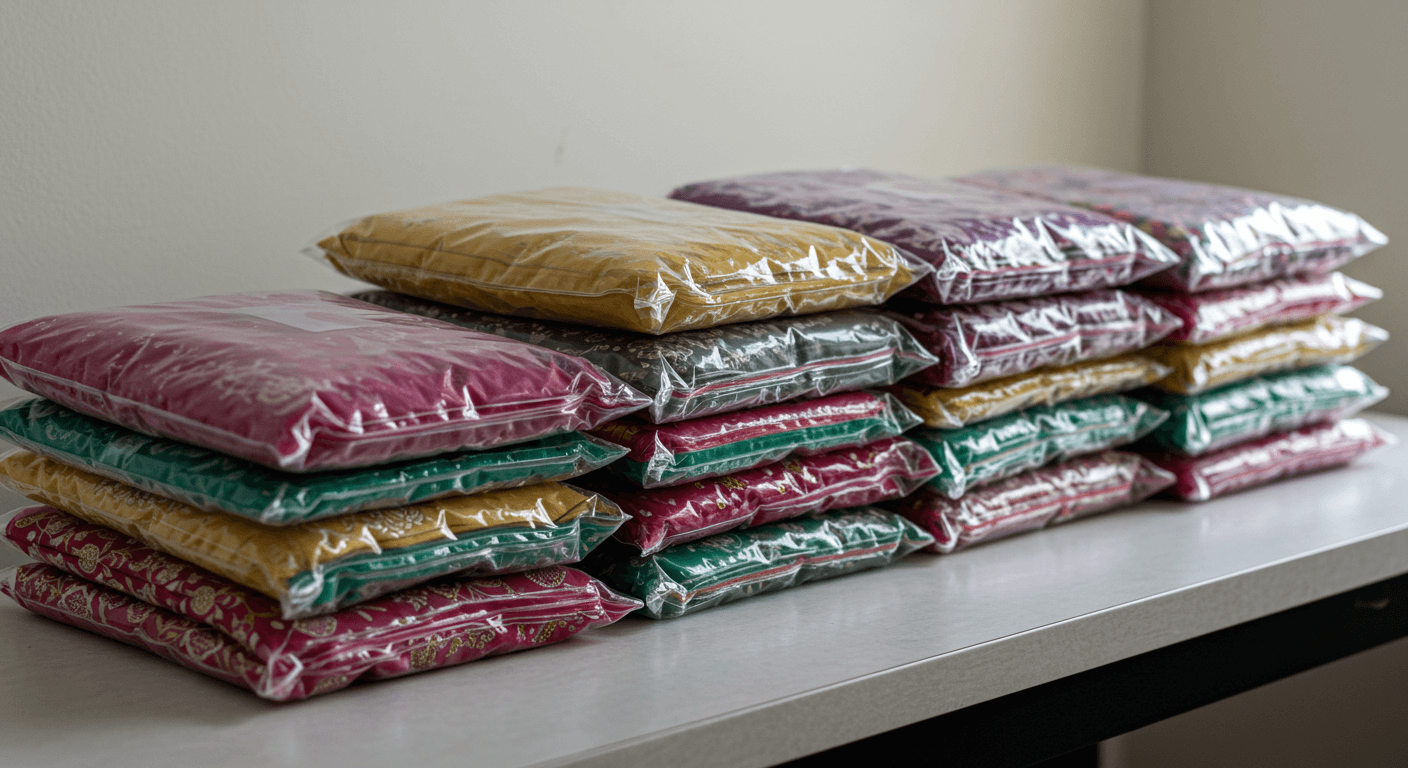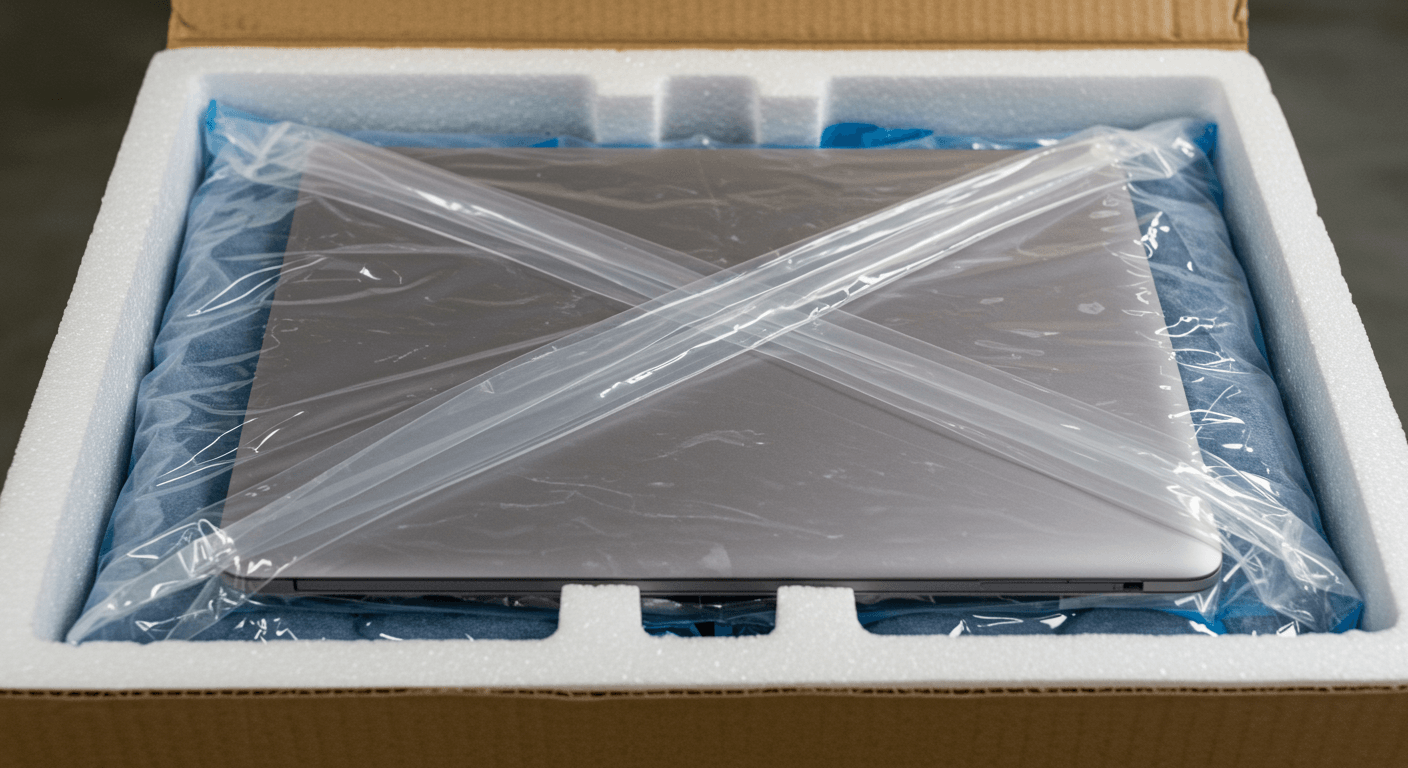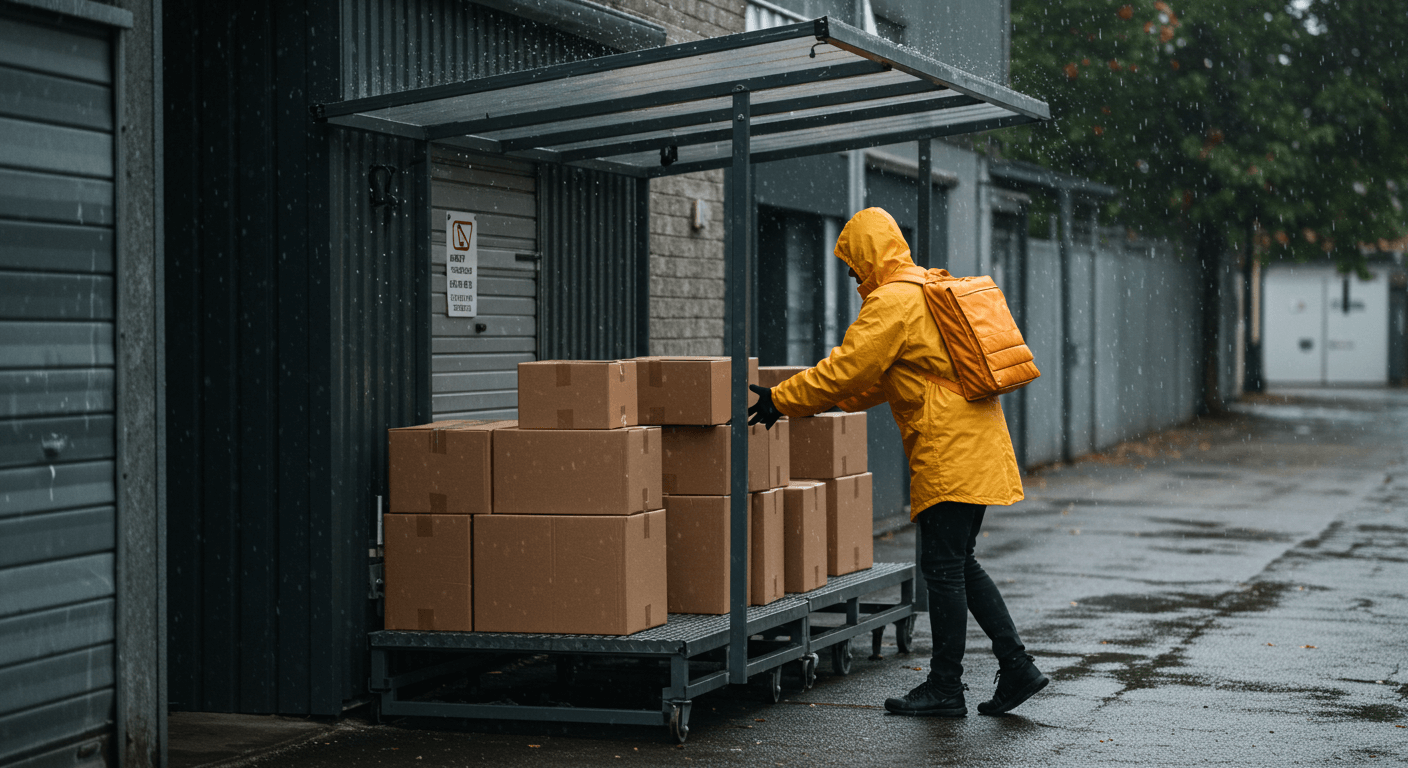Monsoon Shipping Tips for NRIs: International Shipping from India Made Easy
The Indian monsoon brings much-needed rain and cool relief from the summer heat, but for anyone shipping goods internationally, it also brings serious challenges. Torrential downpours, waterlogging, humidity, transport delays, and even local strikes can make the shipping process more complex. This comprehensive guide is designed for NRIs, global shoppers, and anyone involved in international shipping from India during monsoon months (typically June to September). Shipping hubs like Mumbai, Chennai, and Kolkata often face severe waterlogging. Trucks transporting goods to ports or airports can get stuck for hours or days. Water damage to roads, flight delays due to wet runways, and landslides can all disrupt timelines. Use strong duct tape to cover edges and seams completely. Reduces mold and saves space. For electronics or books, use silica gel to control humidity. Use only new, sturdy export-rated boxes. Use weather forecasts to pick low-rain windows. Expect 2–5 days extra for domestic handling before international leg. Use zip-locks, hard-cased boxes, and desiccants. Look for providers with good monsoon handling records. Pick services with full tracking visibility and SMS/email alerts. Insure high-value items. Consider monsoon-specific coverage. A shipping partner in India that receives, consolidates, repacks, and ships parcels abroad.
1. Understanding Monsoon Impact on Shipping in India

1.1. Heavy Rainfall and Flooding
1.2. Infrastructure Strain
1.3. Increased Handling Risks
2. Monsoon-Safe Packaging Strategies

2.1. Double-Layer Waterproof Packaging
2.2. Seal Every Gap
2.3. Vacuum Sealing for Apparel
2.4. Desiccant Packs
2.5. Avoid Reused Boxes
3. Timing Your Shipments

3.1. Know the Regional Monsoon Calendar
3.2. Avoid Peak Periods
3.3. Build in Extra Transit Time
4. Handling Special Cargo

4.1. Perishables
4.2. Electronics
4.3. Documents and Books
5. Choosing the Right Courier
5.1. Courier Experience
5.2. Real-Time Tracking
5.3. Insurance
6. How “Ship For Me” Helps
6.1. What is It?
6.2. Monsoon Benefits
7. Cost-Saving Strategies
8. Customs & Compliance
9. Tracking and Support Tips
10. Sustainable Packaging
11. FAQs
Yes, with proper packaging and planning.
Yes, use express and seal properly.
Yes, expect 2–5 extra days domestically.
No. Confirm with courier or use Ship For Me.
No, just pack well with protection.
